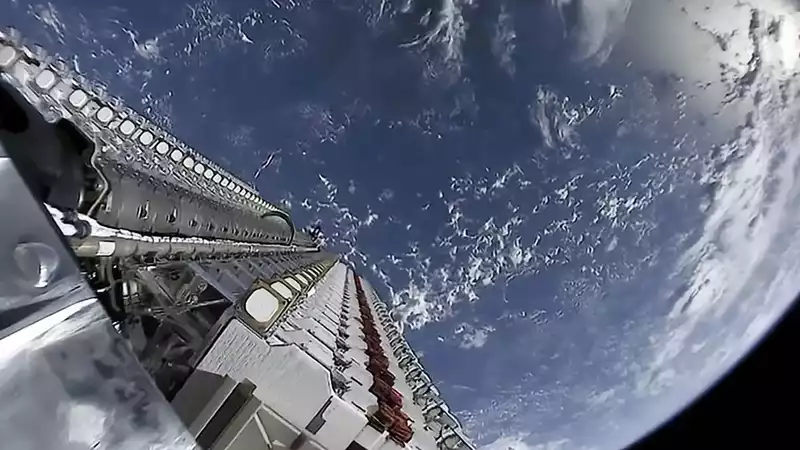The Federal Communications Commission (FCC) is close to giving SpaceX the ability to fly its Starlink satellite in an even lower orbit.
The report comes from Bloomberg, which says that FCC Acting Chairman Jessica Rosenworcel is urging commission members to vote in favor of the plan. If approved, the 2,824 satellites currently in Starlink's orbit would be moved from 1,000 km to 550 km above the Earth's surface. This would place Starlink's satellites just below Amazon's planned Project Kuiper satellite Internet constellation, which will orbit 630 km above the Earth's surface. This even lower earth orbit (LEO) would allow Starlink to increase communication speeds by halving the signal's reach.
SpaceX had already received approval to allow 1,584 Starlink satellites to operate in the 540-570 km range. If the FCC grants this additional approval, 4,408 satellites could occupy this zone.
Of course, SpaceX and the FCC are facing pushback from other satellite Internet companies. Amazon's Project Kuiper as well as Viasat, Telesat Canada, and OneWeb are competing with Starlink.
"It's like a bomb going off," John Janka, Viasat's chief global regulatory and government affairs officer, said in an interview before the FCC. The satellite fragments and shatters into smaller pieces. And the debris can spread over hundreds of miles.
It is not only the competition that is concerned, but the European Space Agency as well. It estimates that there are thousands of pieces of space debris currently orbiting the Earth. The worry is that with thousands of competing satellite constellations, the potential for collisions increases. The thousands of space debris could skyrocket to millions; according to NASA, the total mass of space debris today is 6,000 tons.
Due to backlash from astronomers, SpaceX has already reduced the luminosity of its Starlink satellite. Nevertheless, the satellite is still too bright, according to an interview given to the Washington Post by John Valentin, director of public policy for the International Dark Sky Association.
Aside from the billionaires discussing the satellite, this Starlink constellation in low Earth orbit should mean better communication speeds for customers.










Comments